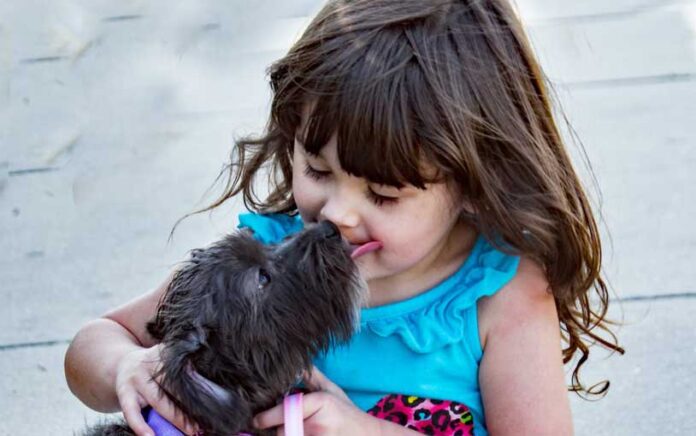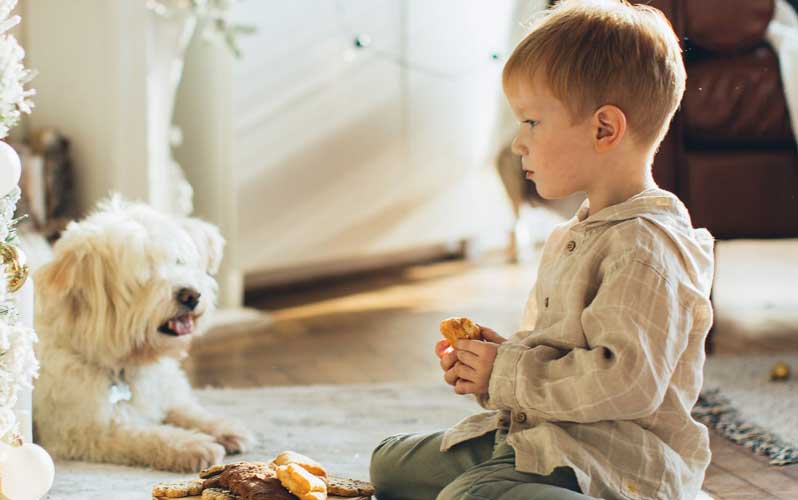
While we are walking our dogs, we frequently meet moms with their kids that are not open minded toward dogs, maybe due to some kind of phobia or just because she doesn’t like them. Those feelings and behaviors usually are transmitted to their kids that end growing up with fear for dogs. This causes kids, crying behind their parents, even in front of the smallest Chihuahua or moms that hold their babies tight when they see a Labrador puppy as if they saw Godzilla. We will see how to raise children to have a relationship with our four legged friends by giving advice on how to improve the relationship between dogs and children.
Dogs and small children: education and respect
If children are not taught how to relate to pets, they may have bad experiences that can drag on into their adulthood. Even involuntarily passing a fear of dogs to their children seriously jeopardizes their ability to relate to them, who, not knowing how to do, could perceive their four-legged friend as an enemy. For example, our readers have reported children who had fun throwing stones inside their dogs’ areas or, in the worst cases, even firecrackers, without their parents saying anything, even be subject to ridicule when they invited the parents to make them stop.
This overly permissive behavior allowed by some parents and can be very risky for children, not to mention totally unrespectful. Just think of those dogs in the garden with little contact with their owners and the rest of the family. In these circumstances the dog could interpret any action coming from outside as an invasion of its territory and act accordingly. This is not about malice but instinct. It will be for humans, therefore who are endowed with rationality, to explain to children hat animals respond to instinct, as we do too.
It is also true that dogs are saints, because statistically if they were not there, there would be hundreds of incidents everyday between dogs and small children, both for external stresses and for bad management by some owners. In fact, remember that behind every serious dog aggression, there is always a dog that badly managed by its owner.

How to teach children to interact with dogs
Let’s look at some advice on how to handle the relationship between dogs and small children. First and foremost, you must avoid transmitting any resentment that you have against the dogs to your children. If the problem is yours, why pass it onto them? Secondly, it is very important to teach your children how to properly pet a dog. They should first have to ask the owner’s permission, then approach and let the dog sniff their hand. A common mistake that children make with dogs is to pet a dog on its heads but you must know that our four-legged friends do not like being petted this way!
Another recurring mistake is to not teach children about the behavior when they encounter stray dogs. You have to teach children not to make sudden movements or loud noise. Dogs cannot stand yelling because of their sensitive hearing, especially if they are scared. They can also interpret this action as a game to respond to, and may therefore start running behind the child with the risk of knocking the child to the ground. Finally, if you are afraid of dogs, try to explain to your children that they do not necessarily have to be too and simply point out that there are so many people who have dogs that don’t hurt anyone.
No one obligates you to love dogs but have the good taste and education to not show your fears to your children, a dog owner or an interested party, i.e. the dog. Surely you will gain style points and pass onto your ‘puppy’ something useful from your life.



















